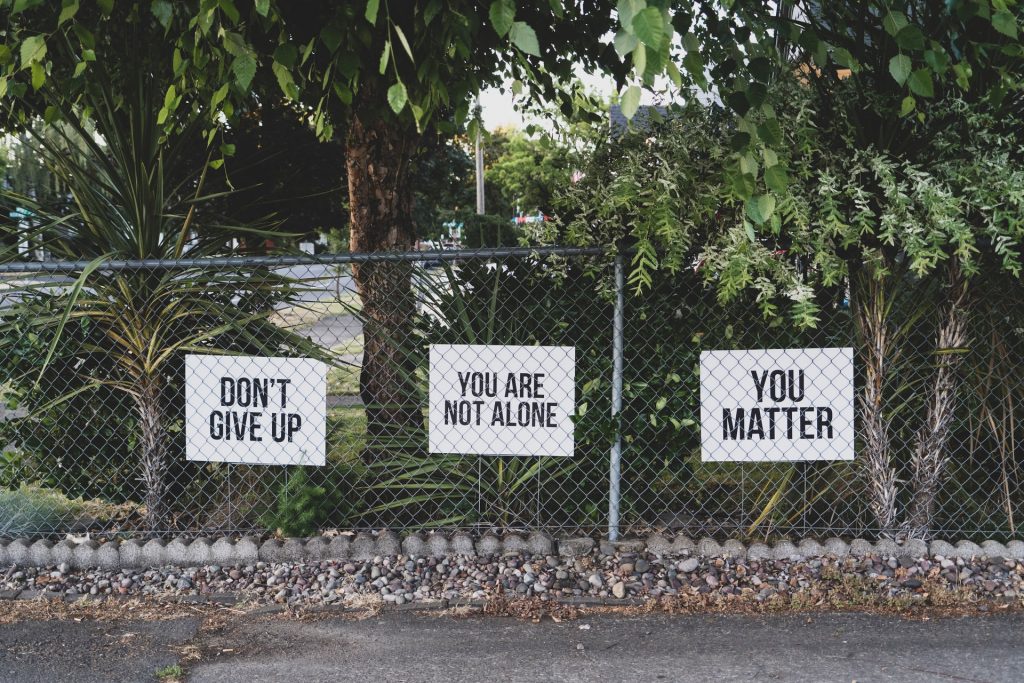From the corporate world to the startup community and everywhere in between, burnout is the enemy of business. It is especially true if you’re a team leader or exec relying on employees. Keeping workers happy, healthy, and focus should always be a top priority, but it’s easier said than done in this age of 24/7 connectivity.
There may not be an all-encompassing antidote to burnout, but you can certainly reduce the likelihood of it impacting employees with some measures and practices. We asked business leaders for their best burnout prevention tips, so stay tuned to read them all.
Table of Contents
Know the Signs of Burnout

Before we look for preventive measures, team leaders should know the signs of a burnt-out employee before things get out of hand. Only by understanding how burnout works and what it looks like can we make a meaningful effort to stop the trend in its tracks.
“A lack of engagement is the first thing you need to look for when an employee is at risk of burnout because it shows they are either stressed or low on energy,” says Dr. Jae Pak, Founder, and Owner of Jae Pak MD. “A tired employee can hold it together for a while, but it won’t be long before burnout starts to set in.”
Another sign of burnout is shortcomings in performance or the standard of excellence you’ve come to expect from certain workers. Keep expectations high and look for drops in quality if they become more common.
“We’re all more prone to making mistakes and letting things slip through the cracks when we’re exhausted or overwhelmed,” says Rachel Jones, Head of PR at Hope Health. “If you notice an employee making these mishaps more often, it may be worth bringing up the topic of burnout and seeing where they’re at.”
As always, keep an eye out for signs like negativity, apathy, and a generally bad attitude towards work, because these are signaling that burnout is here or just around the corner.
“A negative attitude isn’t just bad for employees on an individual level, but it spreads like wildfire and impacts team members as well,” says Hector Gutierrez, CEO of JOI. “That’s why you need to spot these shifts immediately and address them swiftly. One burnt-out employee usually means others are feeling the same way, even if the signs aren’t showing.”
Encourage Non-Stop Communication

Any business that emphasizes communication is suited to succeed simply because the flow of information is so solid and consistent from day to day. But communication has a hidden benefit – stopping burnout from taking place and allowing employees to speak their mind when it matters most.
“We’ve all seen it happen like clockwork – communication breakdown is a main cause of burnout in any career and any industry,” says Corey Ashton Walters, Founder, and CEO of Here. “Supervisors and managers need to keep that communication level high, especially when the pressure is on and deadlines are looming.”
Thankfully, there has never been a better time to boost communication across the board, with so many tech tools to keep the information moving fast in every direction.
“Take full advantage of everything from email and chat to video calls and regular old phone calls,” says Mike Clare, CEO of Mood Health. “These channels are at your disposal and couldn’t be easier to use, so don’t let them gather dust. Your goal is to keep that signal strong throughout your team and communicate to the fullest on every key point.”
If broader communication tactics are falling short, don’t hesitate to reach out to an employee and hold a one-on-one meeting to see what’s going on. It is how you get to the root of burnout and stop it from worsening.
“We sometimes forget that we’re dealing with real people and real emotions in a digital world,” says Dr. Payel Gupta, CMO, and Co-Founder of Cleared. “Reaching out to a team member and just listening is often a mighty hedge against burnout. Sometimes you need to talk about an issue to get it off your mind and get back to work.”
Advocate for Mental and Physical Health

Aside from company policies and communication practices, the best way to beat burnout is to promote healthy habits that start at home. This is a challenging proposition for many companies, but the good news is that wellness initiatives are taking form in many different ways.
“You never want to be invasive and say that employees need to work out and eat healthily, but you can give them a friendly nudge in the right direction with certain incentives,” says Judy Nural, President and Founder of MicrodermaMitt. “When your staff members are all on board with health and wellness, it’s an X-factor for productivity and quality of life at work.”
An excellent place to start is simply encouraging employees to take relaxing and restorative breaks throughout the day, working in high-capacity blocks to prevent long-term stress.
“Understanding how to find the magic moments in your daily life is critical,” says Author and Speaker Tony Robbins. “If you subscribe to the philosophy that says, ‘My vacation will free me from burnout,’ then you’re waiting for a few days out of the year to make up for many days of stress. Instead, you have to be able to take mini-vacations daily.”
Once again, it’s ultimately the individual’s responsibility to find a work/life balance and proper health, but employers do play a role in how they are perceived and practiced.
“When we’re around other healthy people who are enjoying life, we absorb that positive energy and take steps to cultivate that for ourselves,” says Kashish Gupta, Founder, and CEO of Hightouch. “Do your best to set the tone for a relaxed, health-oriented workplace, and that will eventually become the culture of the company. Burnout doesn’t stand a chance if you manage to create this environment.”
Use Remote Work Policies to Your Advantage

Now that most of the professional workforce is working remotely, burnout is a bit more tricky to pinpoint and attack. It starts by setting parameters for employees and ensuring they aren’t constantly glued to their monitors around the clock, despite their desire to work hard.
“We can all relate to the feeling of being ‘always on’ and within reach for our bosses and team members, but we need to collectively fight against that impulse to work 24/7 in the era of remote work,” says Jason Boehle, CEO of QuaGrowth. “Help employees maximize the utility of remote work tools while learning to separate themselves from the computer without guilt.”
For companies with employees who may not be technologically advanced, workshops and guides may be helpful to ease frustrations and stop remote-work burnout from setting in.
“Let’s not forget that confusion and uncertainty can also lead to burnout, and there’s a lot of that going around right now,” says Miles Beckett, CEO, and Co-Founder of Flossy. “Do what is necessary to bring everyone up to speed and make sure nobody is left behind.”
The flip side of remote work is the potential for employees to lose focus and miss out on the team dynamics that make productivity possible. Set some ground rules for scheduling if need be and keep some degree of cohesion for your teams.
“It’s not a bad idea to have requirements for when staff should be online and active, since that is prime time for communication and creative work,” says Jeremy Goldstein, CEO of Navitar. “That way, you get the best of both worlds and still maintain a flexible schedule for people who prefer working early or later in the day.”
Set an Example as the Leader of Your Team

As a leader in your company, it’s crucial to hold yourself to a high standard and make sure you aren’t the one burning out! Look after yourself and be the example for others to follow in their work/life pursuits.
“There’s this huge pressure to go above and beyond in every single aspect of your career when you’re leading others, but that’s just not realistic all the time,” says Boye Fajinmi of The Future Party. “Take a step back and put yourself first now and then. You can’t afford to be the victim of burnout.”
Most CEOs advocate working long hours, but you need to determine if this is the work style that benefits your goals and keeps burnout at bay.
“I’m a proponent of the ‘smarter not harder’ approach to work, and this is how you outsmart burnout on a bigger scale,” says Dylan Fox, Founder, and CEO of Assembly AI. “When your teammates see you are adopting this mindset, they will follow suit, and you’ll see positive ripple effects throughout the organization.”
For executives who spend time in the trenches, these are the formative moments that will always be remembered. Treat work with passion and enthusiasm, and burnout will never be an issue.
“Don’t just climb the ladder of success – a ladder that leads, after all, to higher and higher levels of stress and burnout – but chart a new path to success, remaking it in a way that includes not just the conventional metrics of money and power, but a third metric that includes well-being, wisdom, wonder and giving, so that the goal is not just to succeed but to thrive,” says Arianna Huffington, CEO of Thrive Global.
Now is the time to take a stand against burnout and never let it happen to you or your employees. Stress and pressure may be a part of business, but with these tips, you can take them in stride and stay productive no matter what happens next.




